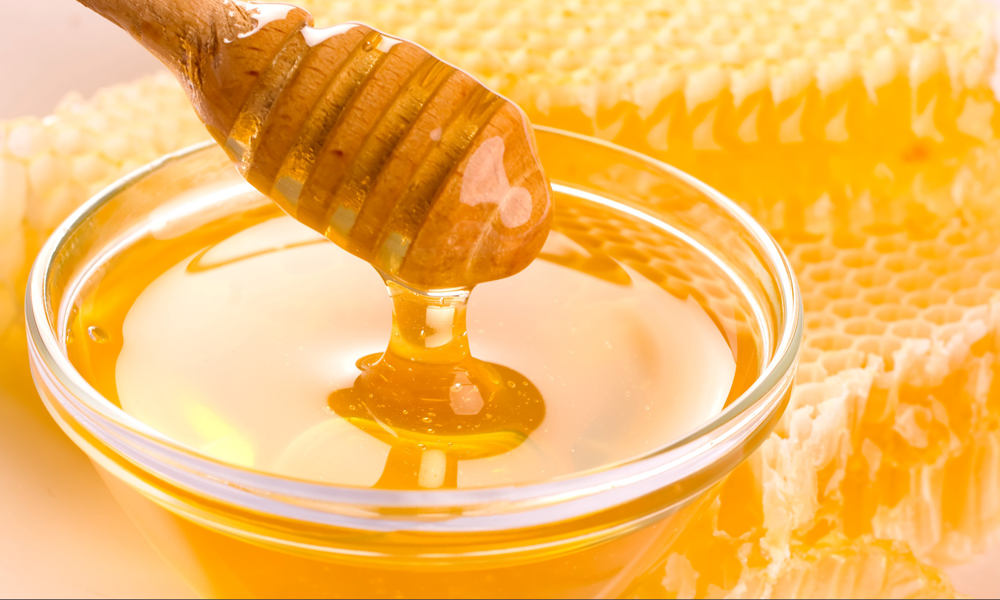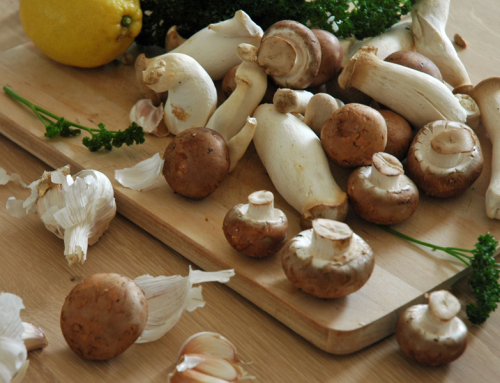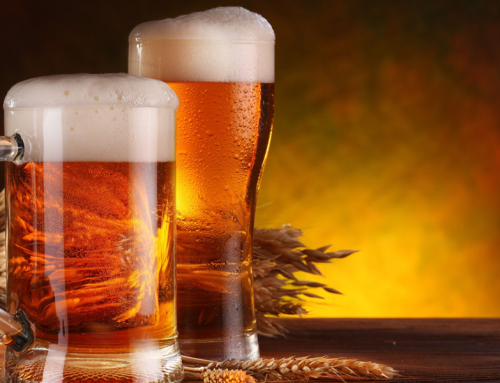- Honey, strained / extracted, 1 tbsp (approx. 21 g) – 64 calories
- Honey, strained or extracted, 1 cup (approx. 339 g) – 1031 calories
Nutritional Value and Calories
Honey contains some small amounts of vitamins and minerals. A single tablespoon of honey consists of 64 calories whereas a tablespoon of sugar only has 48 calories. In this single tablespoon, it contains 16 grams of sugar. In addition to the sugar, the honey provides small or even trace amounts of vitamin C, antioxidants, organic and amino acids, and extremely small amounts of zinc, phosphorus, calcium, selenium, iron, copper, manganese, potassium, and chromium. According to research, people who use honey as a substitute for other forms of sugar to sweeten their meals might lose some weight.
Honey has been a vital ingredient in cuisine around the world for thousands of years, and it has some nutritional benefits for its consumers. For the most part, it provides a substitute for sugar to sweeten meals and beverages.
What is Honey?
Honey, a sticky and sweet food, comes from honey bees. The bees procure nectar from flowers and turn it into honey through the processes of regurgitation and evaporation. The bees regurgitate the honey, eat it, and repeat the process until it reaches the desired consistency. Bees flap their wings to evaporate water from the honey, which intensifies its sugar content. Then, they store the honey in honeycombs as a source of food for the colony. While created to support bees, animals and humans have made honey a key aspect of their diet for thousands of years.
History
Humans have collected and consumed honey for nearly eight thousand years. The ancient Egyptians used it pervasively to sweeten their meals, especially biscuits and cakes among other dishes. The Romans used it extensively as a substitute for sugar. In other parts of the world, the Chinese and Native Americans, specifically the Mayans, kept bees and utilized honey for their meals. In modern dishes, people use honey as a spread on bread or to sweeten beverages and other dishes. In addition to these uses, people have harnessed honey’s natural sweetness for use in beers and wine. Clearly, honey has numerous uses, and it comes in many different forms.
Honey Types (Forms)
To classify honey, the USDA has adopted some standards to distinguish different varieties.
First, the USDA classifies honey based on its floral source, which people can use to trace the honey’s origin.
Second, the USDA designates most commercial honey as blended honey because producers have blended different floral sources to achieve a relatively consistent color, flavor, and density.
Third, the USDA distinguishes between polyfloral honey, which comes from wildflowers, and monofloral honey, which primarily results from the nectar of a single type of flower. For the most part, monofloral honey represents a tough task because it requires restraining bees to one source of nectar. Regardless of the variety, honey possesses small amounts of vitamins and minerals, but it mostly consists of pure sugar.












